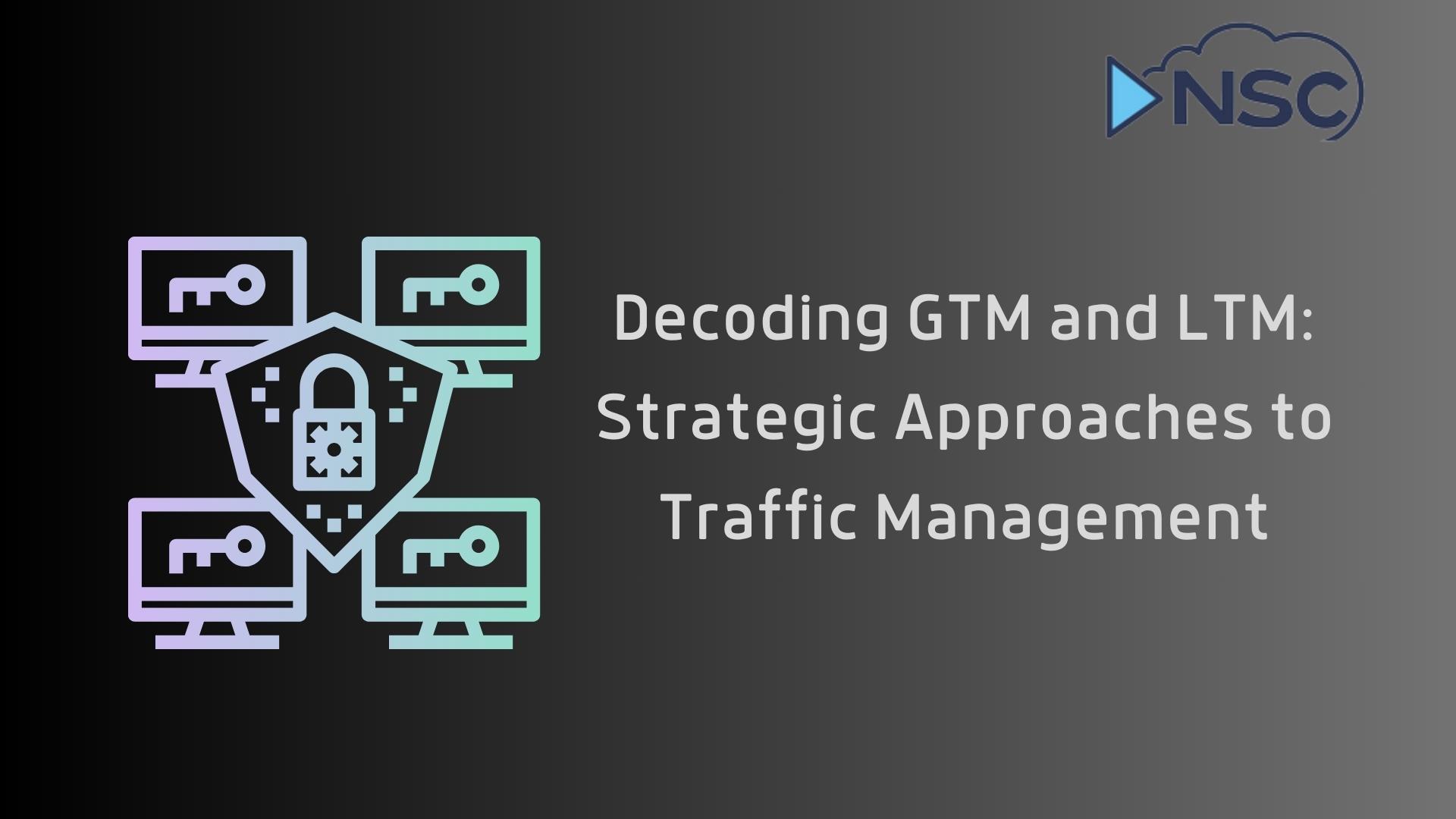In the complex landscape of network optimization, understanding the distinctions between Global Traffic Manager (GTM) and Local Traffic Manager (LTM) is pivotal for deploying scalable and efficient traffic management strategies.
GTM and LTM, both products from F5 Networks, serve crucial but distinct roles in managing application delivery across enterprise networks. GTM operates at a global level, directing user requests across multiple data centers based on factors such as server health and geographic location.
In contrast, LTM focuses on optimizing traffic within a single data center, enhancing the distribution and availability of local resources. This article delves into the technical nuances, functional distinctions, and use cases of GTM and LTM to highlight their critical roles in enhancing business continuity and network performance.
GTM vs LTM: An Overview
Global Traffic Manager (GTM), also known as BIG-IP DNS, serves as an "Intelligent DNS" that orchestrates DNS resolutions to effectively balance traffic across multiple data centers. This module is crucial for organizations with geographically dispersed data centers, as it enhances user experience by directing traffic based on server health, network latency, and proximity. Key features of GTM include:
- High-performance DNS services that are capable of withstanding DDoS attacks and ensuring DNS security and scalability.
- Intelligent monitoring and F5's proprietary iQuery protocol, which communicate with other BIG-IP devices to manage DNS resolutions dynamically.
What is LTM (Local Traffic Manager)?
Local Traffic Manager (LTM) focuses on optimizing and distributing local traffic within a single data center. Unlike GTM, LTM does not handle DNS resolutions but instead deals directly with network traffic, providing high availability, security, and performance for applications. Features of LTM include:
- Load balancing strategies such as round-robin, least connections, and priority queuing, ensuring optimal resource use and application responsiveness.
- Advanced traffic management capabilities like SSL offloading, which secures data by decrypting incoming traffic and encrypting outgoing traffic to the backend servers.

Technical Comparison of GTM and LTM
Differences in Functionality
The primary difference between GTM and LTM lies in their scope and functionality within network architectures:
- GTM operates at a global level, using DNS-based decisions to manage traffic across multiple data centers. It ensures that user requests are intelligently distributed to provide the best possible response times and load handling.
- LTM, on the other hand, is deployed within a single data center and focuses on managing server loads and optimizing local traffic. It acts as a full reverse proxy, handling connections and providing advanced application delivery services.
Deployment and Integration
Both GTM and LTM can be integrated into complex network infrastructures, but their deployment scenarios vary significantly:
- GTM is generally deployed over cloud or at the perimeter zones in data centers to manage traffic across different geographical locations.
- LTM is typically found in the DMZ, production, or database zones within a data center, where it manages traffic at a more granular level. When both modules are used together, they provide a comprehensive solution for global and local traffic management, leveraging their respective strengths for enhanced network performance and reliability.
By understanding the distinct roles and capabilities of GTM and LTM, organizations can better tailor their traffic management strategies to meet specific operational needs, ensuring optimal performance and scalability across their network infrastructures.
Use Cases and Applications
Real-World Applications of GTM
Global Traffic Manager (GTM) excels in environments where applications are distributed across multiple data centers. GTM's capability to manage traffic on a global scale makes it ideal for multinational corporations that require fast content delivery and high availability. For instance, during an online retail sale event, GTM can redirect user requests to less congested servers, enhancing the user experience by reducing load times. For a deeper understanding of GTM applications, consider exploring our course on Netmiko main concepts, which covers essential network management techniques that complement the use of GTM.
Strategic Deployment of LTM
Local Traffic Manager (LTM) is pivotal in scenarios where granular control over local traffic is necessary. It is extensively used in healthcare and financial sectors where data security and application availability are paramount. By managing server loads and optimizing local traffic, LTM ensures that critical applications remain highly available and secure, even under varied traffic conditions.
Summary
In the landscape of network management, both GTM and LTM play vital roles but cater to different needs. GTM is best suited for scenarios requiring robust, wide-scale traffic management across geographically dispersed data centers.
In contrast, LTM is the go-to solution for optimizing traffic within a single data center, focusing on maximizing local resource efficiency and security.
Understanding their specific capabilities and applications allows organizations to deploy these technologies strategically, ensuring optimal performance and resilience of network operations.
By leveraging the unique strengths of both GTM and LTM, businesses can achieve a comprehensive approach to traffic management that aligns with their operational demands and scalability requirements.


